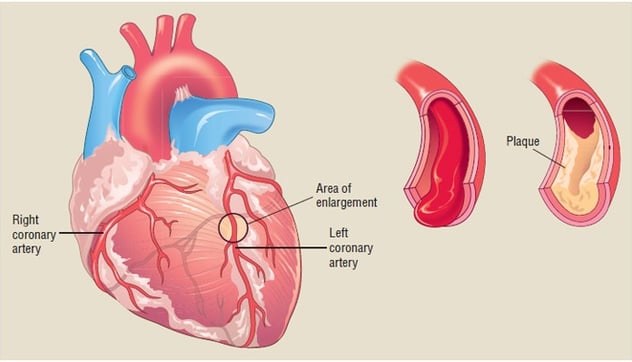read-grow.com
What is Heart Attack ?
ACTIVISMHEALTHFEATURED
9/16/20242 min read


In the silence of the night, it strikes,
A heart attack, with pain that spikes.
Blocked arteries, blood can’t flow,
A warning sign we all should know.
Chest tightens, breathe grows thin,
A battle for life, it must win.
But prevention is the key,
To keep our hearts healthy and free.
What is Heart Attack ?
A heart attack, also known as a myocardial infarction, occurs when the flow of blood to a part of the heart is blocked, usually by a blood clot. This blockage prevents oxygen from reaching the heart muscle, causing damage or death to the affected tissue.
what is coronary artery ?
The coronary arteries are the blood vessels that supply oxygen-rich blood to the heart muscle. There are two main coronary arteries: the left coronary artery and the right coronary artery, each branching into smaller arteries to cover the heart’s surface.
How Coronary Arteries Get Blocked ?
1. Plaque Buildup (Atherosclerosis): Over time, cholesterol and other substances in the blood form plaque, which sticks to the inner walls of the arteries. This process is known as atherosclerosis.
2. Plaque Rupture: If a plaque ruptures, it can cause a blood clot to form. This clot can partially or completely block the artery.
3. Reduced Blood Flow: The buildup of plaque narrows the arteries, reducing blood flow to the heart muscle. This can lead to chest pain (angina) or, if the artery is completely blocked, a heart attack.
what happens if your coronary artery gets blocked ?
When a coronary artery gets blocked, it can have serious consequences for your heart and overall health. Here’s what happens:
Immediate Effects-
Reduced Blood Flow: The blockage prevents oxygen-rich blood from reaching parts of the heart muscle. This can cause chest pain (angina) and shortness of breath.
Heart Attack: If the blockage is complete, it can lead to a heart attack (myocardial infarction). This occurs because the heart muscle is deprived of oxygen, causing damage or death to the affected tissue.
Symptoms of a Heart Attack-
Chest Pain: Often described as pressure, tightness, or squeezing in the chest.
Pain in Other Areas: Pain can radiate to the arms, back, neck, jaw, or stomach.
Shortness of Breath: Difficulty breathing or feeling out of breath.
Other Symptoms: Cold sweat, nausea, vomiting, lightheadedness, or dizziness.
Long-Term Effects-
Heart Failure: If a significant portion of the heart muscle is damaged, the heart may not pump blood effectively, leading to heart failure.
Arrhythmias: Damage to the heart muscle can disrupt the heart’s electrical signals, causing irregular heartbeats (arrhythmias).
Prevention and Management
To prevent coronary artery blockages, it’s important to:
Maintain a Healthy Diet: Focus on fruits, vegetables, whole grains, and lean proteins.
Exercise Regularly: Aim for at least 150 minutes of moderate aerobic activity each week.
Quit Smoking: Smoking significantly increases the risk of coronary artery disease.
Manage Stress: Practice stress-reducing techniques like meditation or yoga.
Control Health Conditions: Keep conditions like high blood pressure, high cholesterol, and diabetes under control.
Related Stories
Get in touch
+91 7318426688
abhigarg28199911@gmail.com
Address- 61 Management Hostel, Banaras Hindu University, Varanasi (221005), U.P.
